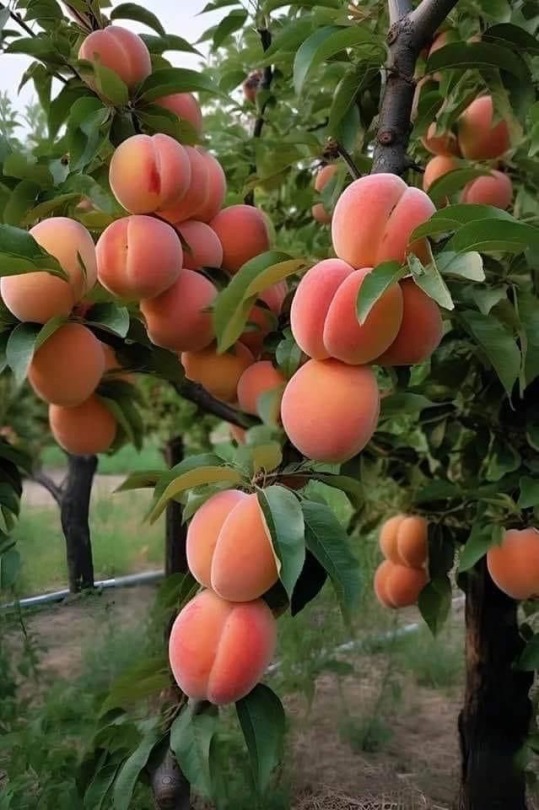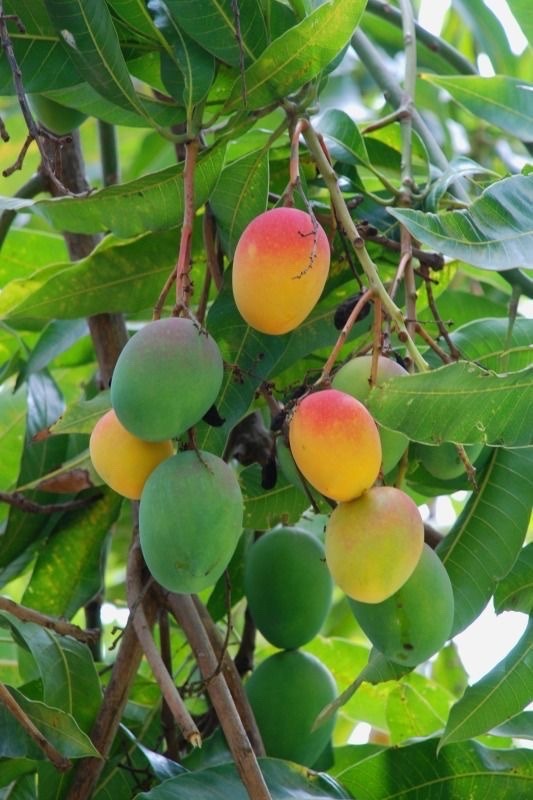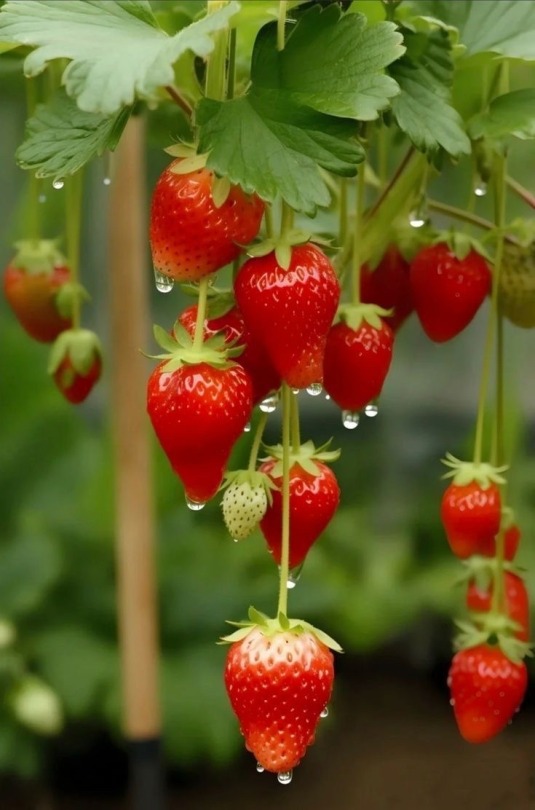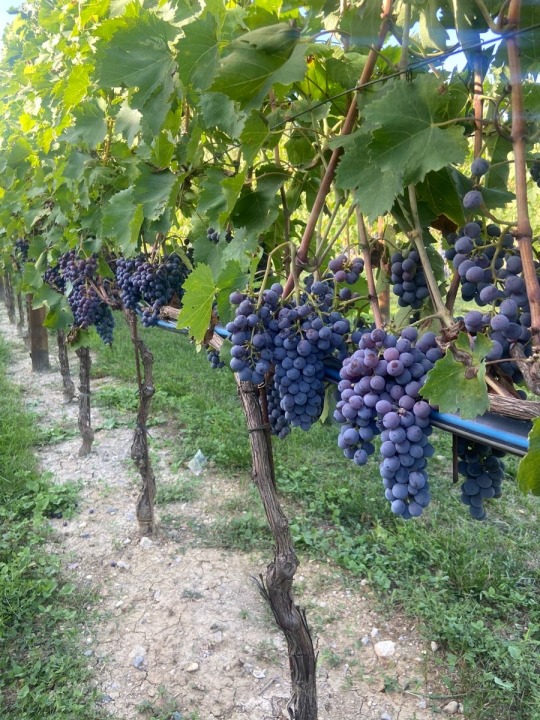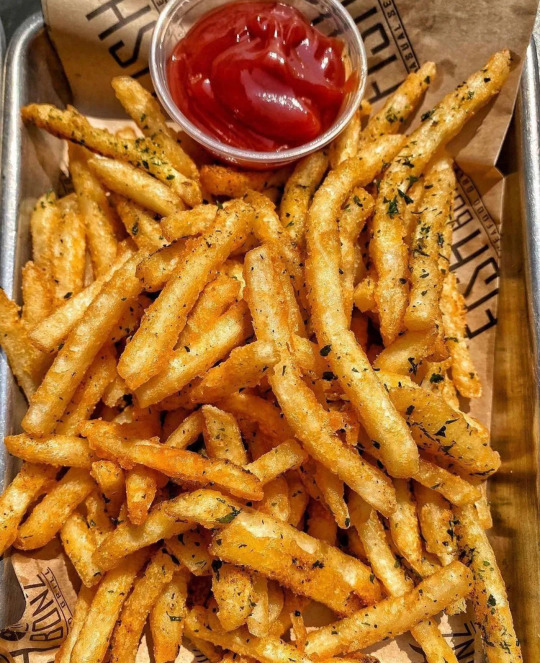#delicious
Text

Sweet farmer's cheese casserole
#breakfast#breakfast casserole#brunch#dessert#food#farmers cheese#vanilla#berries#blueberry#raspberry#sweet food#sweet#sweets#tasty#foodporn#delicious#cooking#food photography#foodgasm#recipes
230 notes
·
View notes
Text

#pastel#pastel aesthetic#Aesthetic#food#sweet#dessert#delicious#cooking#baking#cake#pink#pink aesthetic#heart#heartcore#love#lovecore#Wedding#wedding cake
234 notes
·
View notes
Text
Dungeon Meshi as Monster Culture
-jeffrey jerome cohen as a framework for dungeon meshi
i. The Monsters Body is a cultural body

Vampires, burial, death: inter the corpse where the road forks...it will haunt that place that leads to many other places, that point of indecision...The monster is born only at this metaphoric crossroads, as an embodiment of a certain cultural moment—of a time, a feeling, and a place
ii. The Monster Always Escapes
We see the damage that the monster wreaks, the material remains...but the monster itself turns immaterial and vanishes, to reappear someplace else.
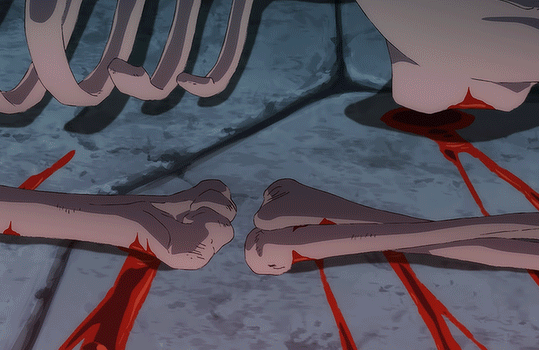
No monster tastes of death but once... Each time the grave opens and the unquiet slumberer strides forth("come from the dead, / Come back to tell you all"), the message proclaimed is transformed by the air that gives its speaker new life...monstrous interpretation is as much process as epiphany, a work that must content itself with fragments (footprints, bones, talismans, teeth, shadows, obscured glimpses—signifiers of monstrous passing that stand in for the monstrous body itself).
iii. The Monster Is the Harbinger of Category Crisis
The monster always escapes because it refuses easy categorization...they are disturbing hybrids whose externally incoherent bodies resist attempts to include them in any systematic structuration. And so the monster is dangerous, a form suspended between forms that threatens to smash distinctions.

The too-precise laws of nature as set forth by science are gleefully violated in the freakish compilation of the monster's body.
Full of rebuke to traditional methods of organizing knowledge and human experience, the geography of the monster is an imperiling expanse, and therefore always a contested cultural space

iv. The Monster dwells at the gate of difference
The monster is difference made flesh, come to dwell among us... the monster is an incorporation of the Outside, the Beyond—of all those loci that are rhetorically placed as distant and distinct but originate Within.

Representing an anterior culture as monstrous justifies its displacement or extermination by rendering the act heroic..A political figure suddenly out of favor is transformed like an unwilling participant in a science experiment by the appointed historians of the replacement regime: "monstrous history" is rife with sudden, Ovidian metamorphose

History itself becomes a monster: defeaturing, self-deconstructive, always in danger of exposing the sutures that bind its disparate elements into a single, unnatural body.
V: The Monster polices the borders of the possible
From its position at the limits of knowing, the monster stands as a warning against exploration of its uncertain demesnes...curiosity is more often punished than rewarded, that one is better off safely contained within one's own domestic sphere than abroad, away from the watchful eyes of the state

To step outside this official geography is to risk attack by some monstrous border patrol or (worse) to become monstrous oneself.
The horribly fascinating loss of Lycaon's humanity merely reifies his previous moral state; the king's body is rendered all transparence, instantly and insistently readable. The power of the narrative prohibition peaks in the lingering description of the monstrously composite Lycaon, at that median where he is both man and beast, dual natures in a helpless tumult of assertion. The fable concludes when Lycaon can no longer speak, only signify.

Whereas monsters born of political expedience and self-justifying nationalism function as living invitations to action, usually military (invasions, usurpations, colonizations), the monster of prohibition polices the borders of the possible, interdicting through its grotesque body some behaviors and actions, envaluing others.
victims are devoured, engulfed, made to vanish from the public gaze: cannibalism as incorporation into the wrong cultural body.

vi: Fear of the monster is really a kind of desire
The monster is continually linked to forbidden practices, in order to normalize and to enforce. The monster also attracts. The same creatures who terrify and interdict can evoke potent escapist fantasies; the linking of monstrosity with the forbidden makes the monster all the more appealing as a temporary egress from constraint
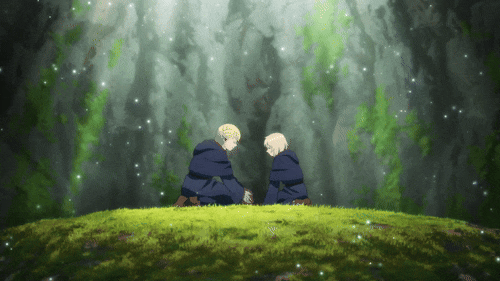
Escapist delight gives way to horror only when the monster threatens to overstep these boundaries, to destroy or deconstruct the thin walls of category and culture. When contained by geographic, generic, or epistemic marginalization, the monster can function as an alter ego, as an alluring projection of (an Other) self. The monster awakens one to the pleasures of the body, to the simple and fleeting joys of being frightened, or frightening—to the experience of mortality and corporality
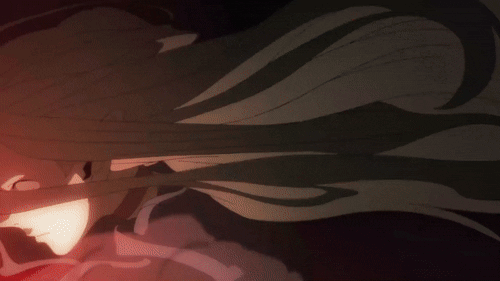
The habitations of the monsters ...are more than dark regions of uncertain danger: they are also realms of happy fantasy, horizons of liberation.

the scapegoated monster is perhaps ritually destroyed in the course of some official narrative, purging the community by eliminating its sins. The monster's eradication functions as an exorcism and, when retold and promulgated, as a catechism
vii: The monster stands at the threshold of becoming
Monsters are our children. They can be pushed to the farthest margins of geography and discourse, hidden away at the edges of the world and in the forbidden recesses of our mind, but they always return.

And when they come back, they bring not just a fuller knowledge of our place in history and the history of knowing our place, but they bear self-knowledge, human knowledge—and a discourse all the more sacred as it arises from the Outside. These monsters ask us how we perceive the world, and how we have misrepresented what we have attempted to place.

They ask us to reevaluate our cultural assumptions about race, gender, sexuality, our perception of difference, our tolerance toward its expression.
They ask us why we have created them
#dungeon meshi#Technically there's not spoilers for the manga but I think if you read the manga you'll get more out of this#laois touden#Marcille donato#falin touden#the canaries dungeon meshi#the canaries#senshi of izganda#thistle#thistle dungeon meshi#dunmeshi#delicious#delicious in dungeon
60 notes
·
View notes
Text
https://loretta-530.ludgu.top/r/jSQtF1x
#gaten matarazzo#naturecore#高崎かなみ#summer fashion#wicca#the carrie diaries#Johnny#guinea pig#jason todd x reader#mountain]#cardinal copia#delicious#gay onlyfans#nursing#curators
137 notes
·
View notes
Text
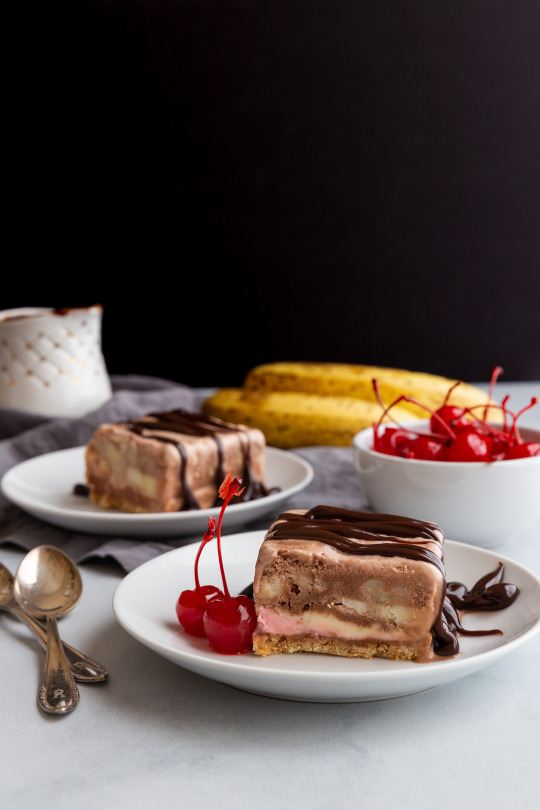
This No-Bake Banana Split Icebox Cake is basically an ice cream cake layered with vanilla, chocolate, and strawberry ice cream on top of a buttery cookie crust. Sliced bananas and crushed pineapple are hidden inside and the top of the cake is drizzled with hot fudge sauce.
https://www.bakedbyanintrovert.com/banana-split-icebox-cake/
28 notes
·
View notes
Text
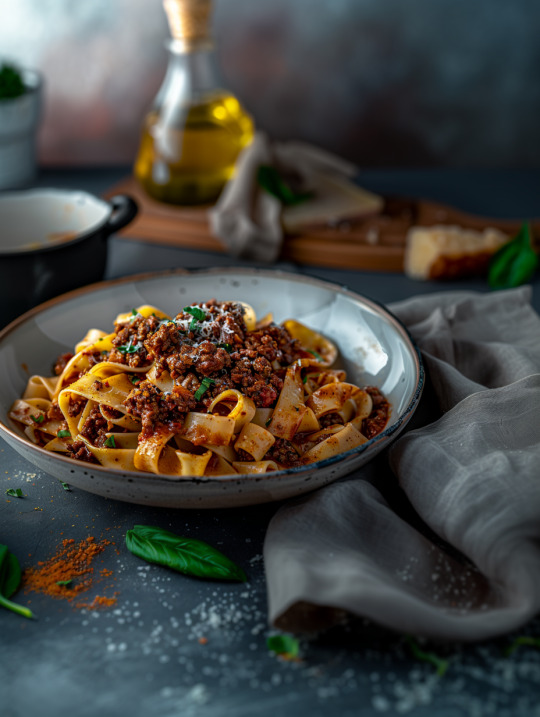
Hearty Homestyle Ragu Tagliatelle
Ingredients:
For the Ragu:
Olive oil: 2 tablespoons
Butter: 2 tablespoons
Onion: 1 large, finely chopped
Carrot: 1 large, finely chopped
Celery stalks: 2, finely chopped
Garlic cloves: 2, minced
Ground beef: 500 grams (1.1 lbs)
Pork mince: 500 grams (1.1 lbs)
Tomato paste: 2 tablespoons
Dry red wine: 1 cup
Canned crushed tomatoes: 2 x 400 grams (14 oz each)
Milk: 1/2 cup
Salt and pepper: to taste
Bay leaves: 2
Nutmeg: a pinch, grated
For the Tagliatelle:
Tagliatelle pasta: 400 grams (14 oz)
Salt: for boiling water
To Serve:
Freshly grated Parmesan cheese
Fresh basil leaves: for garnish
Instructions:
1. Prepare the Base:
In a large pot, heat the olive oil and butter over medium heat.
Add the chopped onion, carrot, celery, and garlic. Cook until softened and golden (about 10 minutes).
2. Brown the Meat:
Increase heat to medium-high and add the ground beef and pork mince. Cook until browned (about 15 minutes).
3. Deglaze and Simmer:
Stir in the tomato paste and cook for a few minutes.
Add the red wine, reducing by half.
Add the crushed tomatoes, milk, bay leaves, nutmeg, salt, and pepper. Simmer gently, partially covered, for at least 2 hours.
4. Cook the Tagliatelle:
Near the end of the ragu's cooking time, boil a large pot of salted water.
Cook the tagliatelle until al dente, then drain, reserving some pasta water.
5. Combine and Serve:
Toss the pasta with the ragu, adjusting the consistency with pasta water if needed.
Serve with a sprinkle of Parmesan and fresh basil.
#food#PASTA#ragu#food blogs#delicious#recipe#food pics#homemade#foodshow#lunch recipes#daily recipe#food photography#food photo blog#food photoshoot#recipes#food recipes
25 notes
·
View notes
Text

Ufffffff. That was tiring......
25 notes
·
View notes
Text

23 notes
·
View notes
Text

¿Pecamos?
26 notes
·
View notes
Text

Tagliatelle carbonara
#pasta#carbonara#pasta carbonara#dinner#food#cheese#italian food#pancetta#bacon#tagliatelle#meal#main dishes#easy recipes#tasty#foodporn#delicious#cooking#food photography#foodgasm#recipes
235 notes
·
View notes
Text

#pastel#pastel aesthetic#Aesthetic#food#sweet#dessert#delicious#cooking#baking#cake#heart#heartcore#love#lovecore#Wedding#wedding cake#blue
171 notes
·
View notes
Text
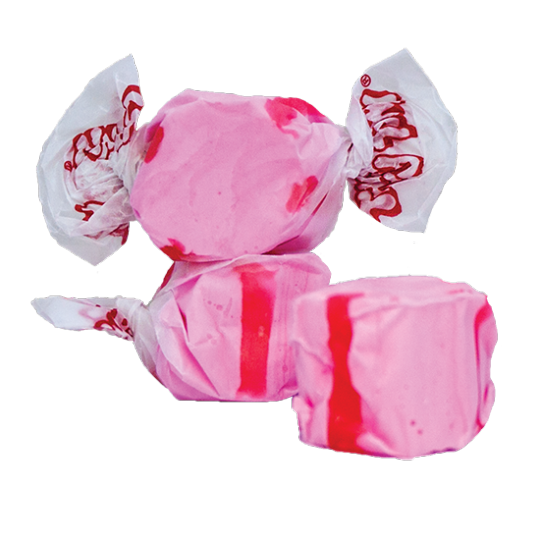
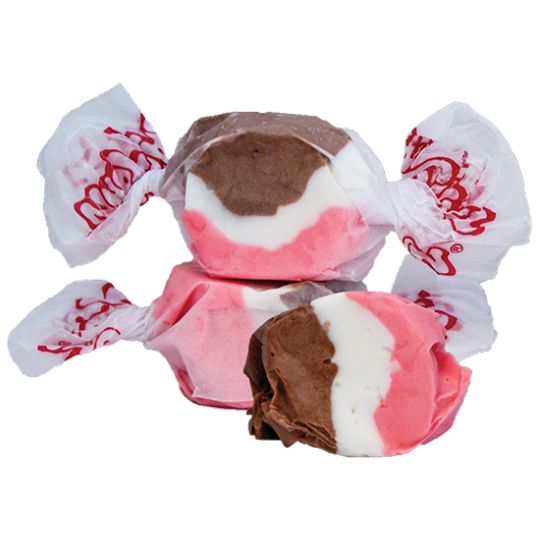

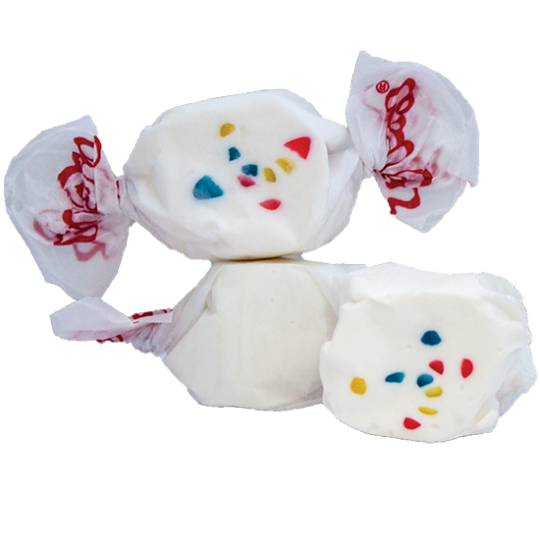
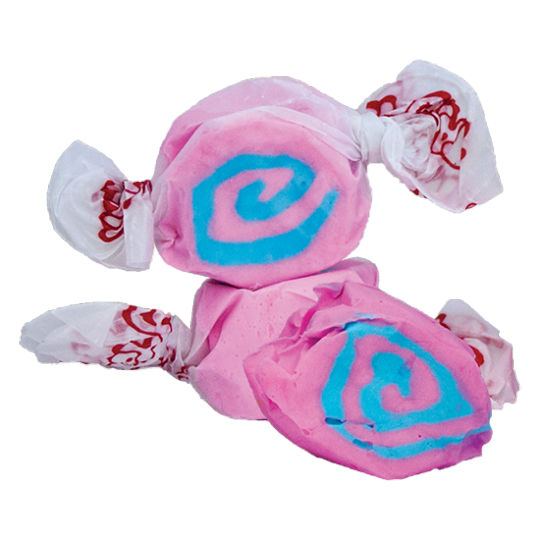

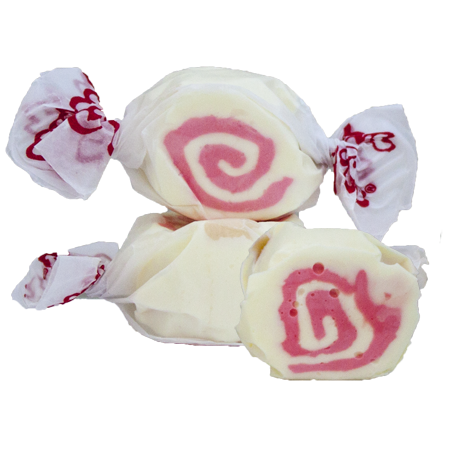


taffy
12K notes
·
View notes
Text


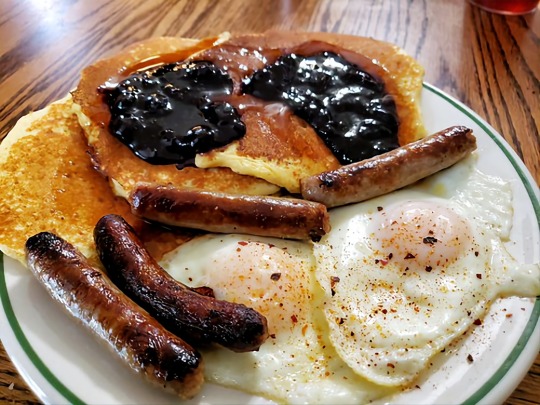
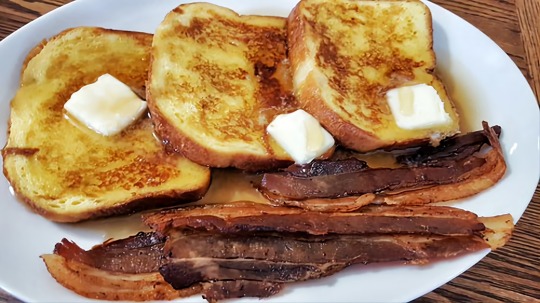

yeah
#food#delicious#tasty#morning#breakfast#pancakes#french toast#egg#fried egg#butter#bacon#sausage#meat#diner#restaurant#syrup#blueberry jam#blueberry compote#toast#bread#crispy#1k
5K notes
·
View notes
Text
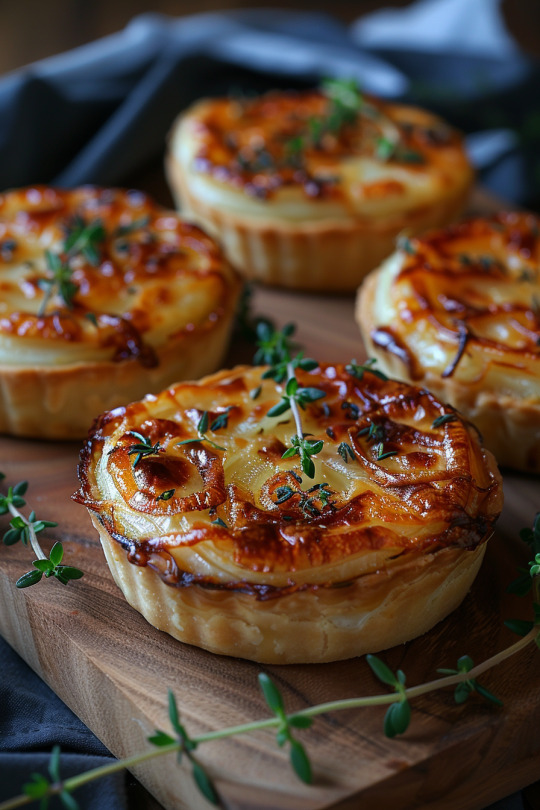
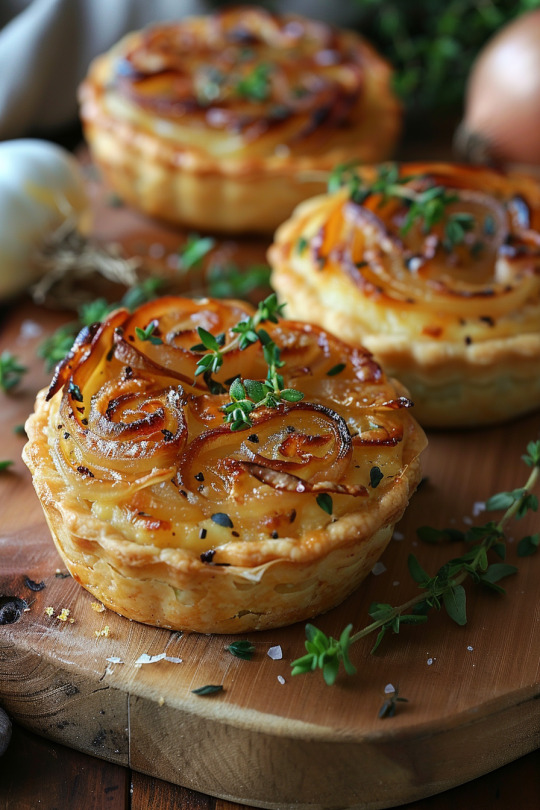

Caramelized Onion and Goat Cheese Tartlets
#Caramelized Onion and Goat Cheese Tartlets#food#food blogs#delicious#recipe#cake#food pics#dessert#savoury cake#foodshow#foodblogger
2K notes
·
View notes
